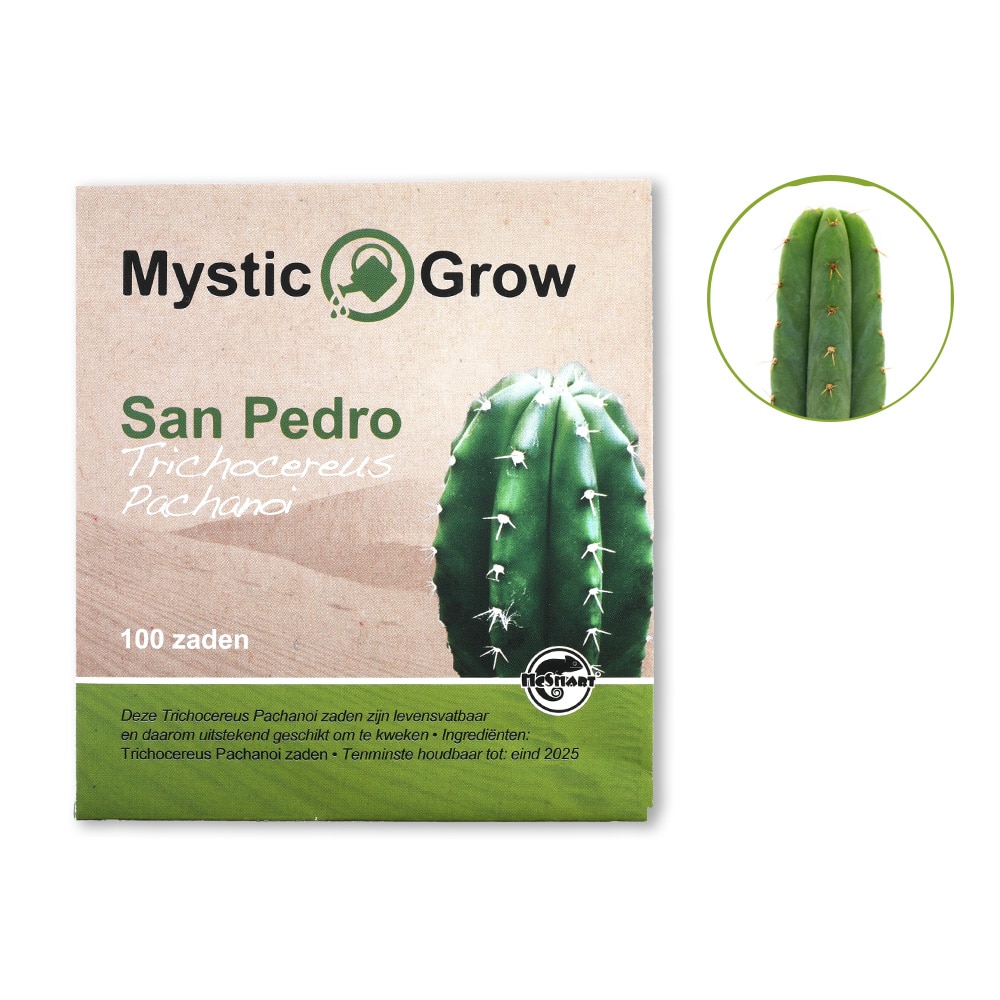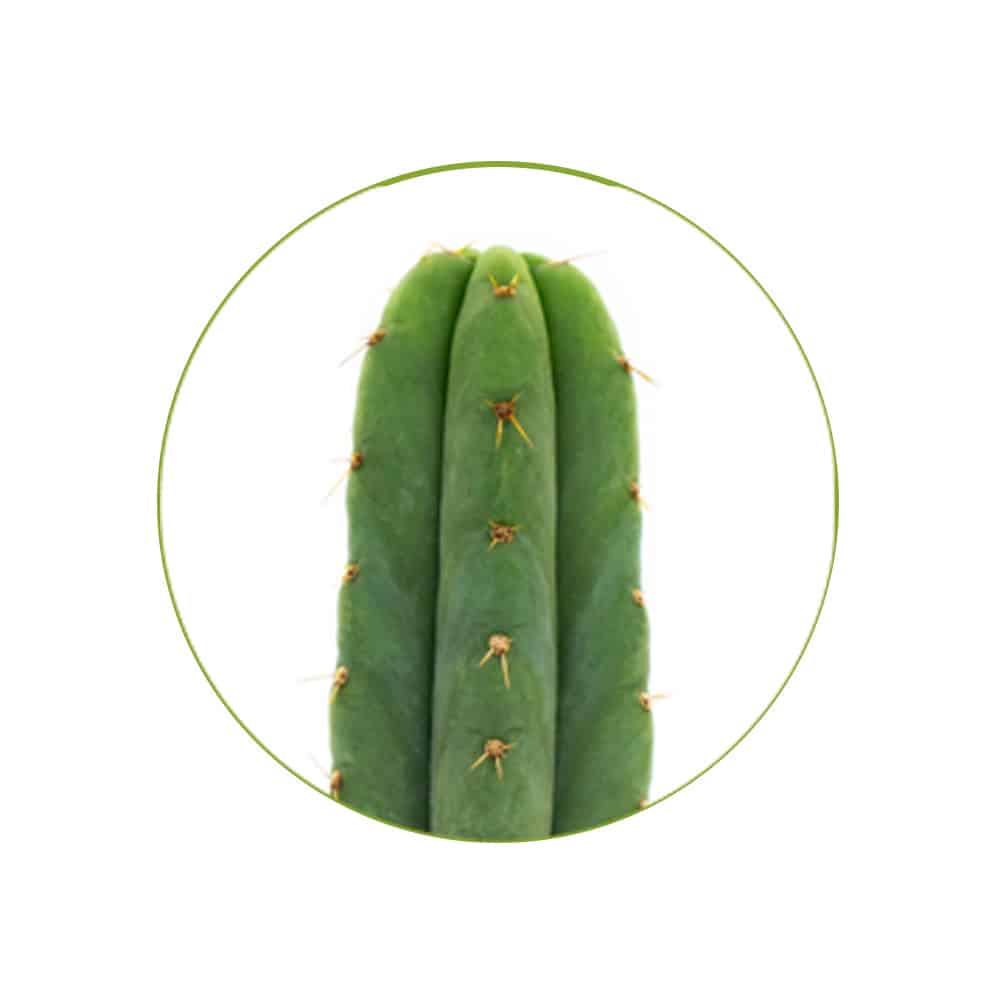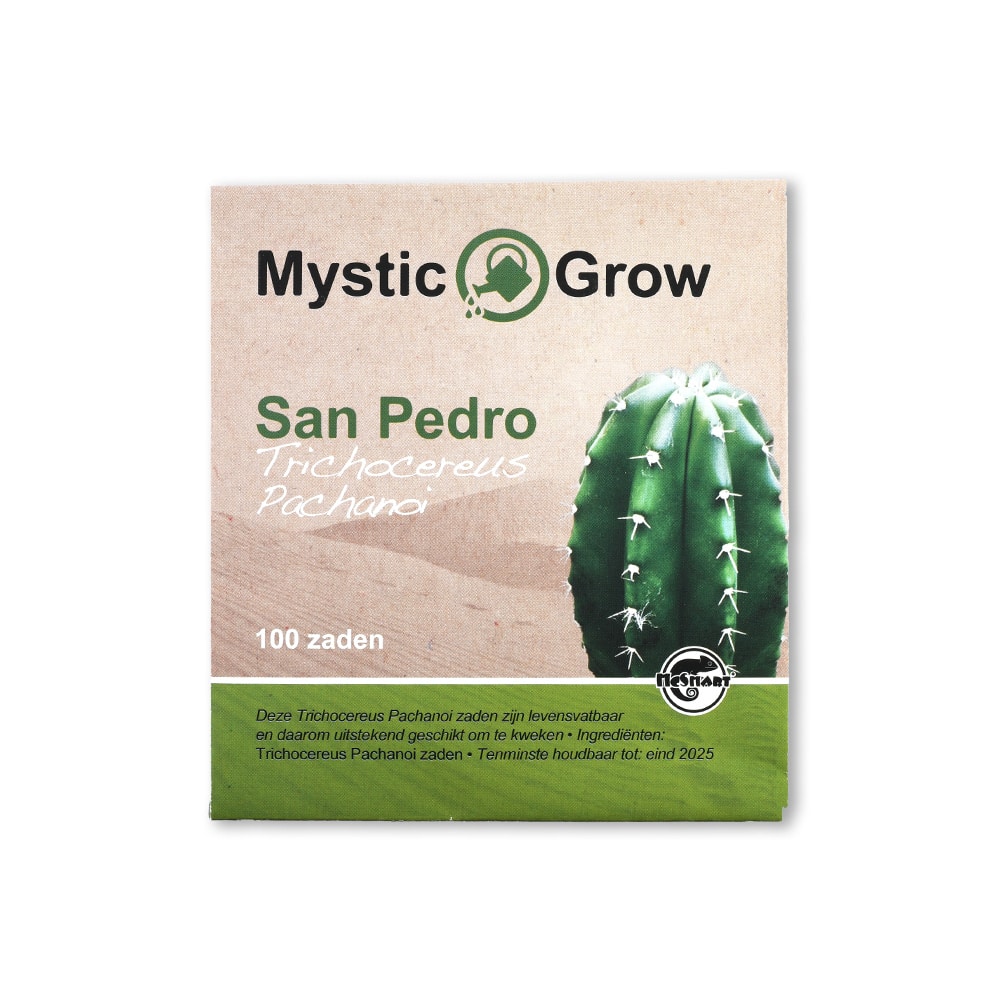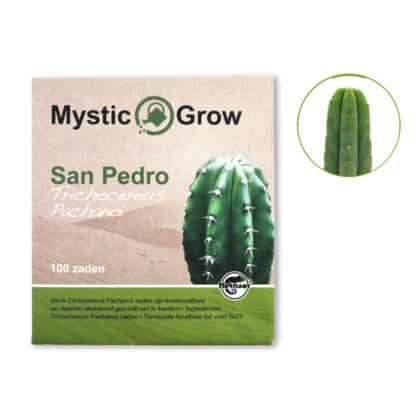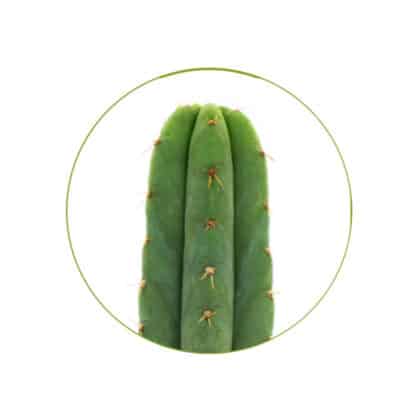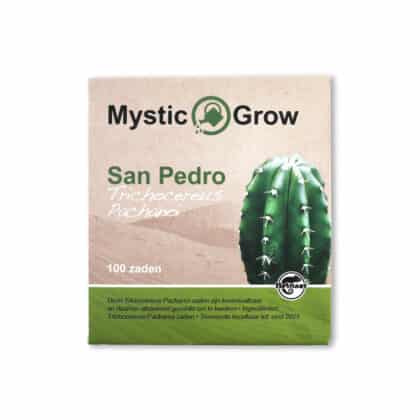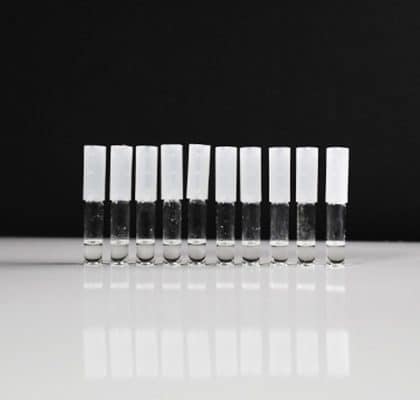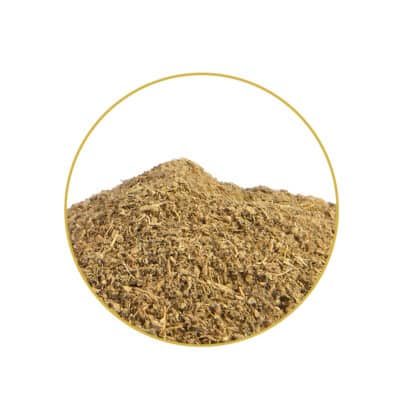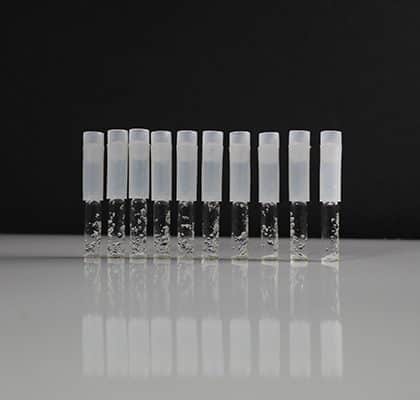San Pedro Pachanoi seeds
€13,00 incl. vat
The Trichocereus Pachanoi, also known as the San Pedro cactus, is a fast-growing, columnar cactus originally from Ecuador. It is renowned for its psychoactive compound mescaline, which induces intense visual experiences. Now cultivated throughout South America and beyond, this cactus is popular among both gardeners and those interested in its traditional ceremonial use.
Grow your own cactus! Contains 100 seeds.
What is Trichocereus Pachanoi?
Trichocereus Pachanoi, commonly referred to as the San Pedro cactus, is a species of fast-growing cactus that thrives in various climates. It is part of the Echinopsis genus and has been cultivated for centuries due to its psychoactive properties. The plant is easily recognizable by its tall, green, ribbed body and spines.
This cactus naturally grows in the Andean mountain regions, particularly in Ecuador and Peru. Due to its resilience and rapid growth, it has become a favorite among home growers and horticultural enthusiasts. The Trichocereus Pachanoi contains the psychoactive alkaloid mescaline, making it a subject of interest in both ethnobotany and spiritual practices.
While often mistaken for other cacti with similar effects, this species is the true San Pedro cactus, a name given due to its association with Saint Peter, believed to hold the keys to the heavens. Its historical use and unique properties have contributed to its widespread popularity.
History of Trichocereus Pachanoi
The history of Trichocereus Pachanoi dates back thousands of years to indigenous cultures in South America. The cactus has played a significant role in traditional medicine and shamanic rituals, particularly in Peru and Ecuador. Archaeological evidence suggests that it has been used for spiritual ceremonies for over 3,000 years.
The cactus was named San Pedro after Spanish Catholic missionaries arrived in South America. They associated its psychoactive properties with religious enlightenment, as Saint Peter was believed to grant access to the divine. Despite colonial suppression of indigenous practices, the ceremonial use of the cactus persisted and remains an important part of Andean traditions today.
Modern interest in Trichocereus Pachanoi has grown, especially within the psychedelic research community. Scientists continue to study its mescaline content for potential therapeutic benefits, including its effects on mental health. Today, it is both cultivated as an ornamental plant and valued for its cultural and spiritual significance.
How to Use Trichocereus Pachanoi
There are several ways to use Trichocereus Pachanoi, depending on the desired effect. Traditionally, indigenous people prepare it as a tea by boiling the cactus for several hours, extracting its psychoactive properties. This method allows for a gradual and intense psychedelic experience, often lasting several hours.
Another common method is consuming the fresh cactus flesh. The outer skin contains the highest concentration of mescaline, so users peel the cactus and eat the pulp. This method can produce strong sensory effects, including heightened visual perception and deep introspection.
Some individuals also dry the cactus, grind it into powder, and ingest it in capsule form. This allows for easier consumption and controlled dosages. However, Trichocereus Pachanoi is not legal for consumption in all countries, and users should check local laws before attempting to use it.
It is important to approach this plant with caution and respect, as its effects can be intense. Those who use it in spiritual or personal exploration often do so in a safe, controlled environment with experienced guidance.
Warning: The use of Trichocereus Pachanoi can cause strong psychoactive effects, including hallucinations, nausea, and altered perception. Individuals with mental health conditions or those on medication should consult a professional before use. It is illegal to consume in certain countries, so always check local regulations.
Ingredients of Trichocereus Pachanoi
Trichocereus Pachanoi consists mainly of water, plant fibers, and various alkaloids, with mescaline being the most notable. Mescaline is a naturally occurring psychedelic compound responsible for its mind-altering effects. The concentration of mescaline varies, but it typically makes up about 0.8% of the fresh cactus by weight.
In addition to mescaline, this cactus contains other alkaloids such as tyramine and hordenine. These compounds contribute to its physiological effects but are present in much smaller amounts. The plant’s chemical composition is still being studied, as researchers continue to explore its potential medicinal and therapeutic applications.
Apart from its psychoactive components, Trichocereus Pachanoi is a hardy, nutrient-dense plant that thrives in various soils. It is cultivated not only for its effects but also for its ornamental value, making it a popular choice among cactus enthusiasts and collectors worldwide.
| Gewicht | 4,5 g |
|---|---|
| Contents | 100 Seeds |
Do you ship to my country?
We ship to most EU countries. You can find these in the table below. We ship all our EU packages with DHL, DPD or PostNL depending on the area. This way we can deliver the best service possible. You will always receive a track and trace code to track your package from door to door.
| Country | Delivery | Costs | Free shipping |
|---|---|---|---|
| Austria | 2 - 3 | €11,95 | €125,- |
| Belgium | 1 - 2 | €7,95 | €125,- |
| Bulgaria | 6 - 8 | €22,95 | €125,- |
| Croatia | 3 - 5 | €18,95 | €125,- |
| Czech Republic | 2 - 4 | €15,95 | €125,- |
| Estonia | 4 - 6 | €17,95 | €125,- |
| France | 2 - 3 | €12,95 | €125,- |
| Germany* | 1 - 3 | €7,95 | €125,- |
| Greece | 6 - 8 | €23,95 | €125,- |
| Ireland | 3 - 4 | €19,95 | €125,- |
| Italy | 2 - 4 | €17,95 | €125,- |
| Latvia | 3 - 5 | €14,95 | €125,- |
| Lithuania | 3 - 5 | €21,95 | €125,- |
| Luxembourg | 1 - 2 | €11,95 | €125,- |
| Netherlands | 1 - 2 | €6,95 | €125,- |
| Poland | 2 - 3 | €15,95 | €125,- |
| Portugal | 3 - 4 | €20,95 | €125,- |
| Romania | 3 - 5 | €18,95 | €125,- |
| Slovakia | 3 - 5 | €16,95 | €125,- |
| Slovenia | 2 - 3 | €17,95 | €125,- |
| Spain | 2 - 3 | €17,95 | €125,- |
* To this country we don't send products from the categories: Seedshop & Shroomshop.
** Difficult to reach areas like Islands or other remote regions will cost €20,- more due to additional carrier fees.
Note: We try to ship all orders within 1 working day, all delivery times are estimated and can vary because of traffic and holidays.

